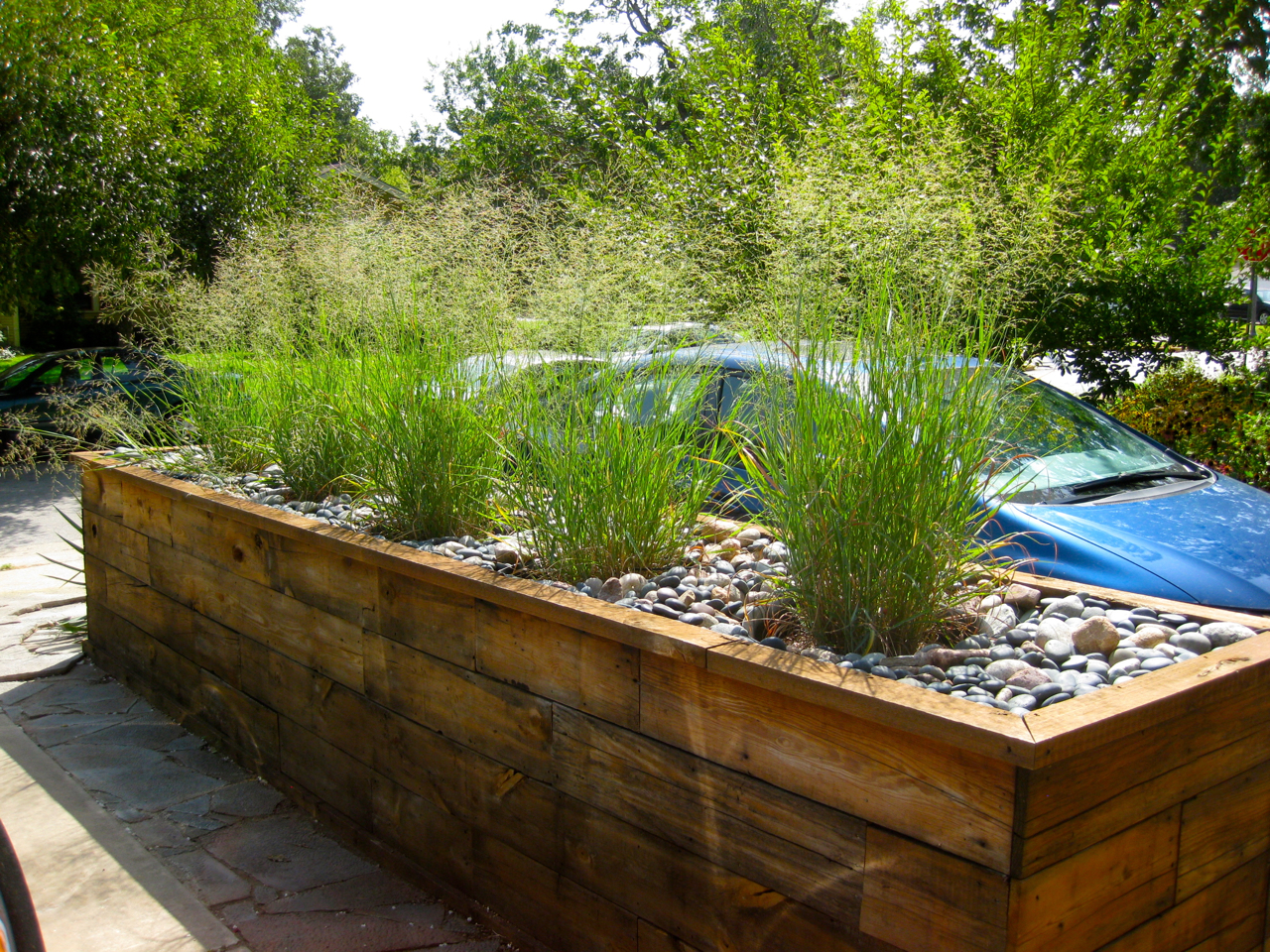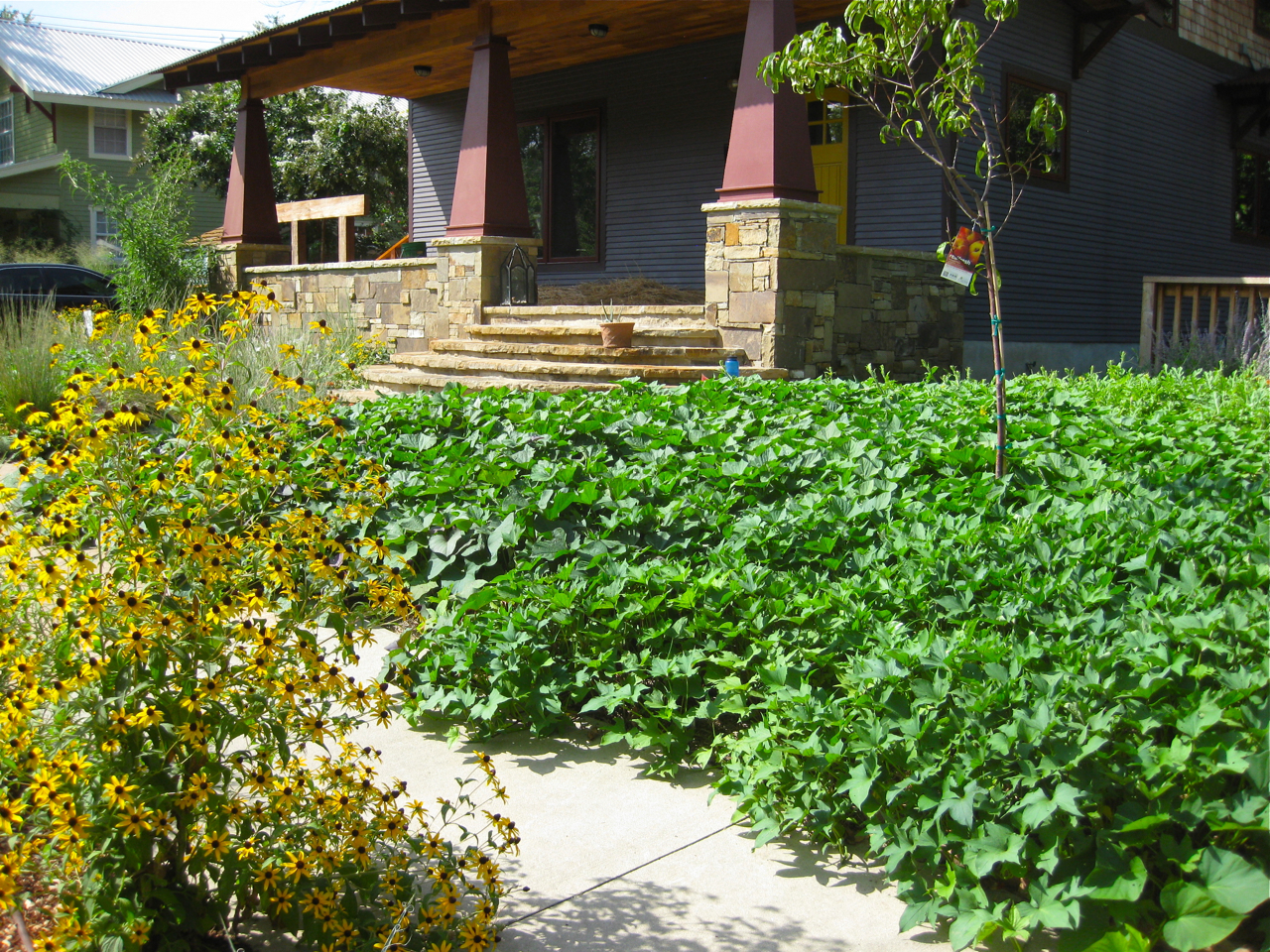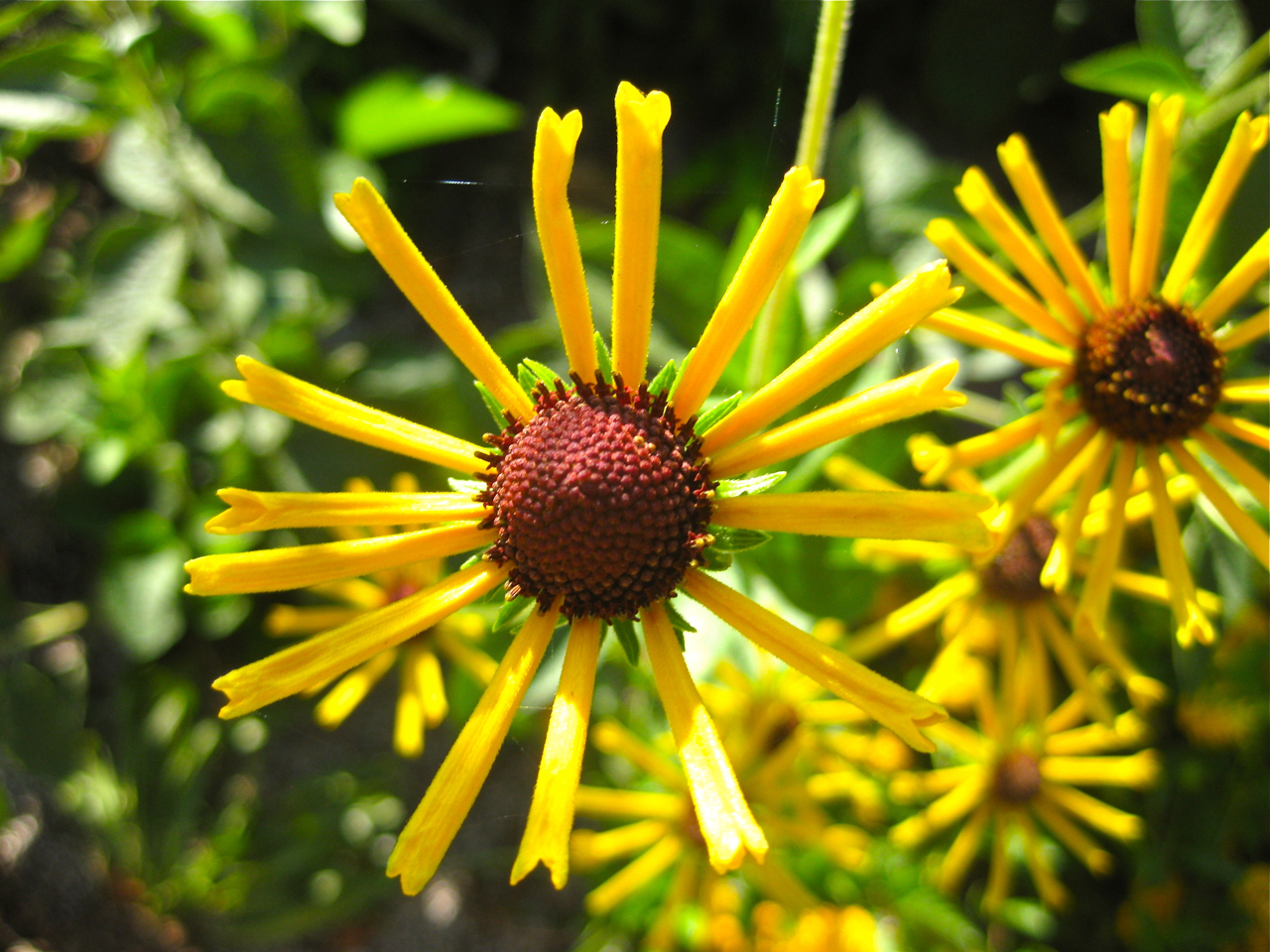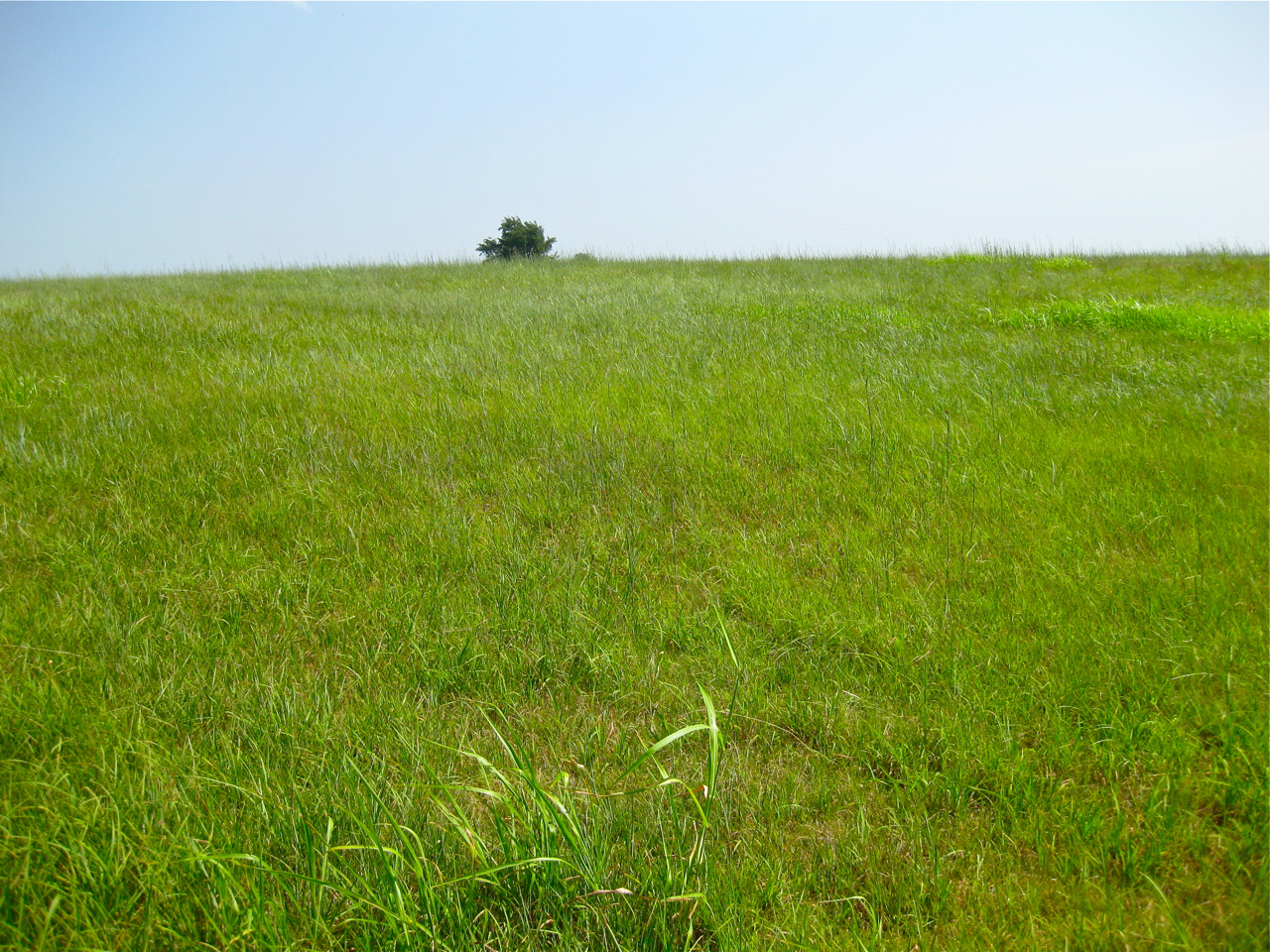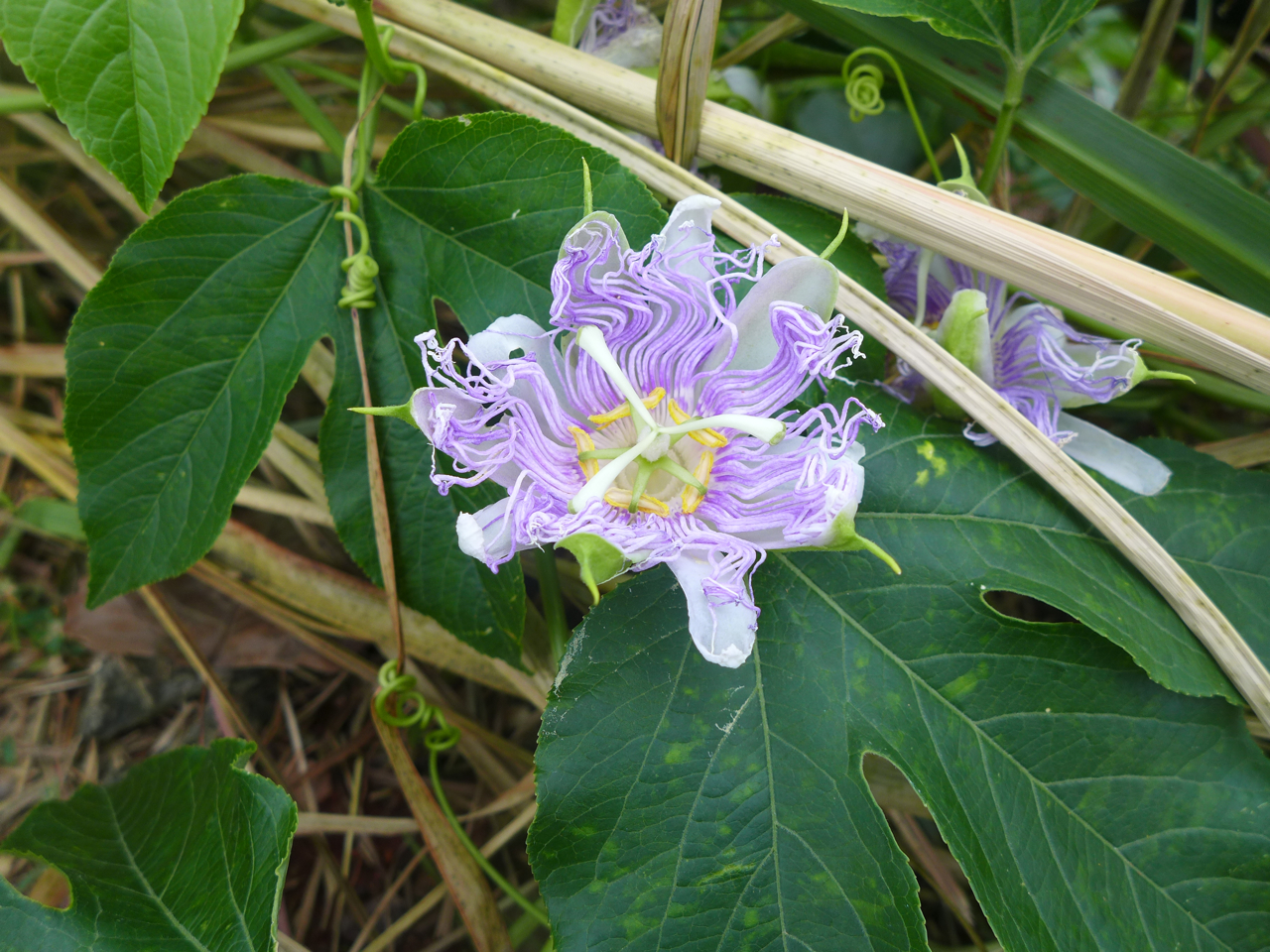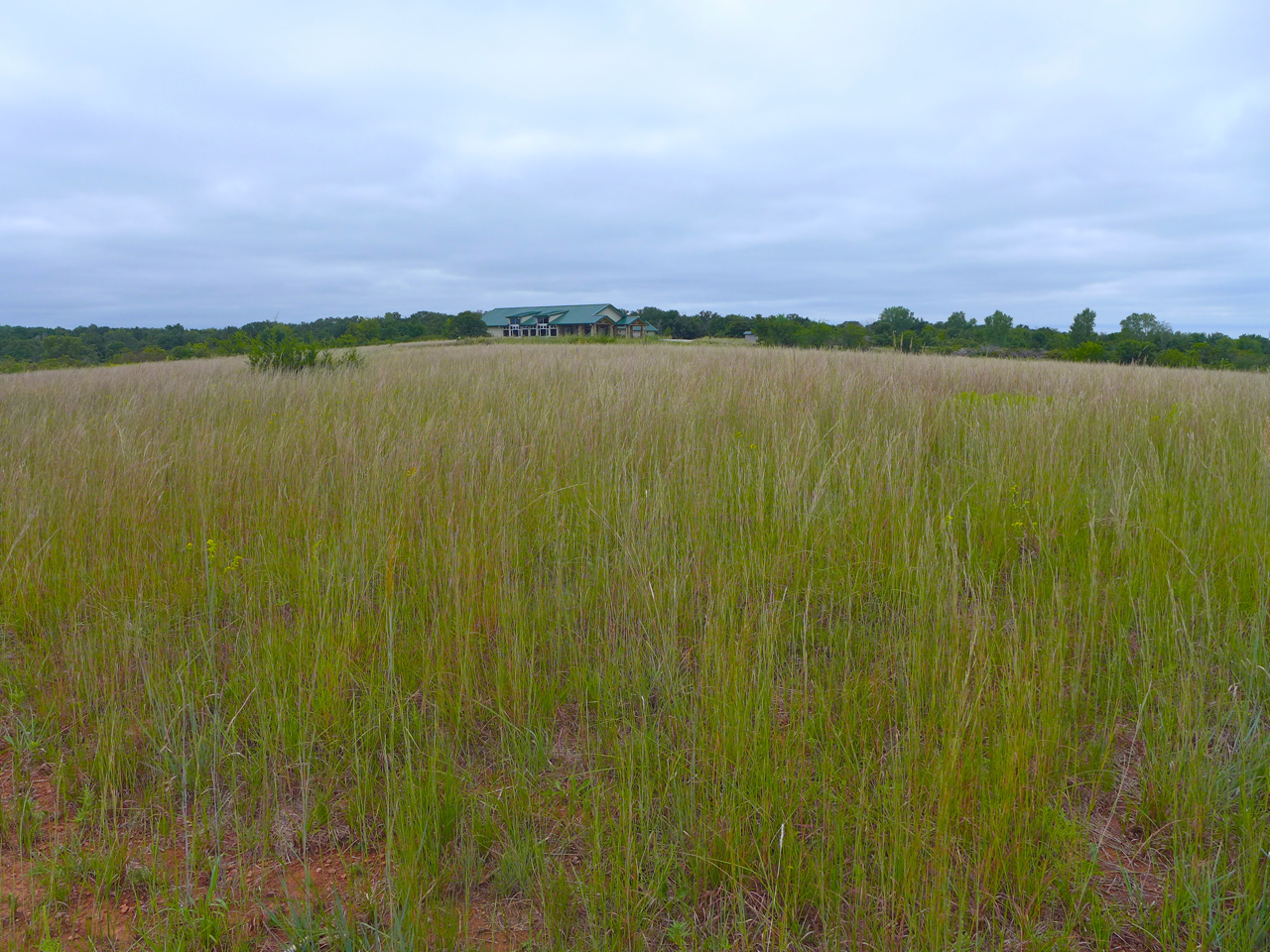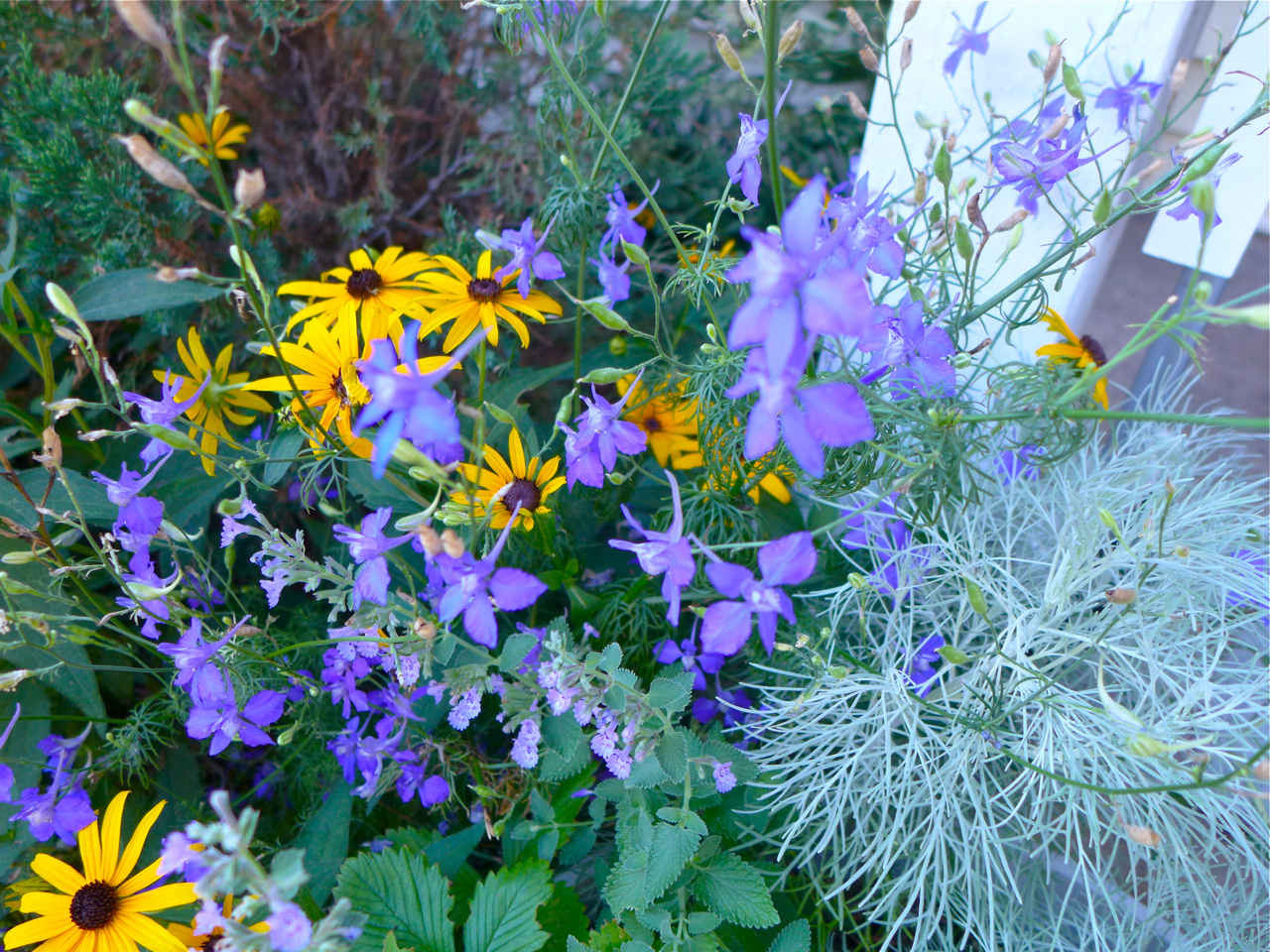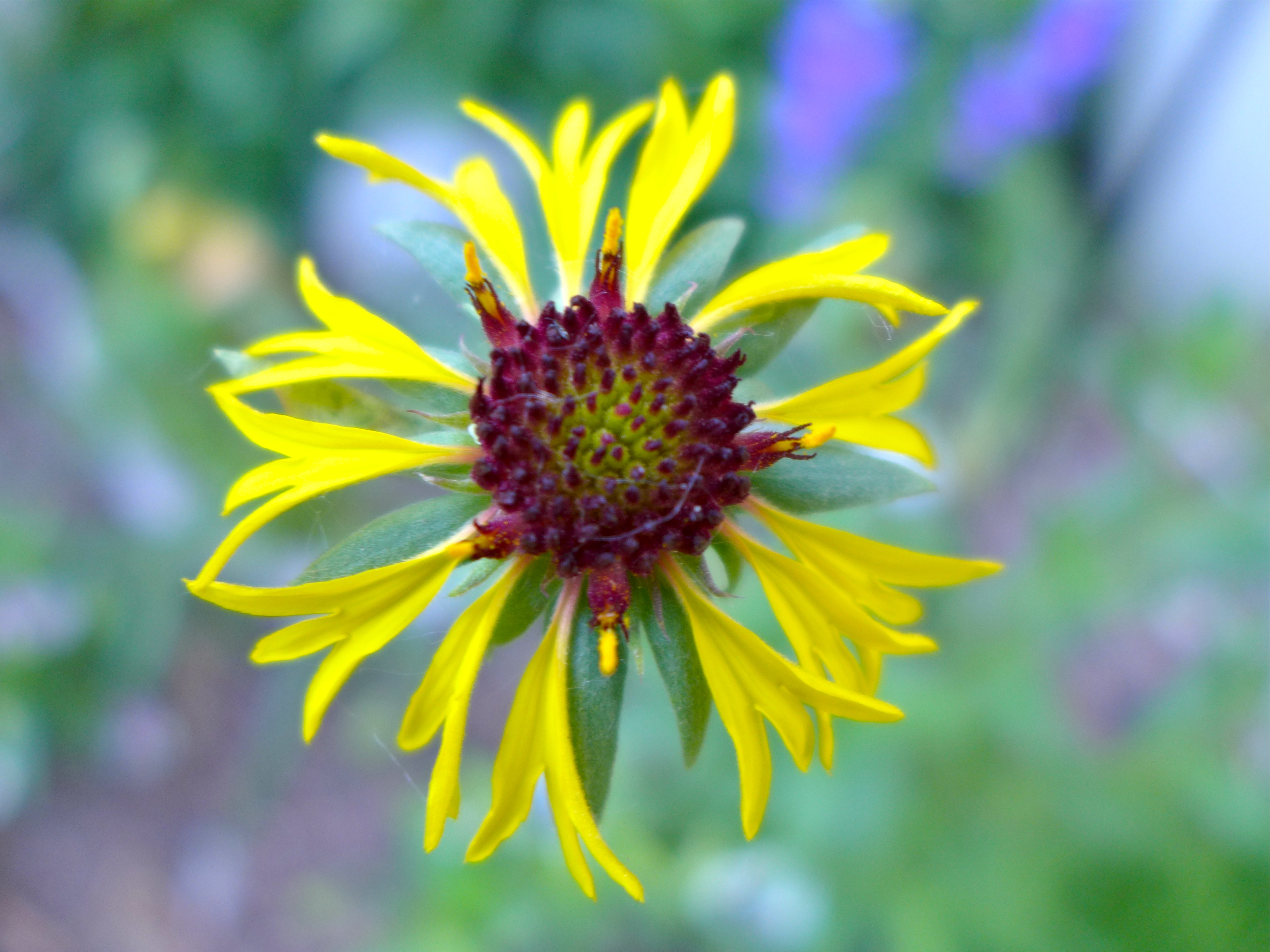A small Eco Landscaping delegation attended this year’s Oklahoma Bioblitz (rapid biodiversity inventory) which was held at the Black Kettle National Grassland in Roger Mills County. I really enjoyed spending some time in this region. Ever since my first childhood trip to New Mexico I have always had a special affinity for the West. This particular part of Oklahoma is an interesting interstitial area where the Tallgrass prairie gives way to the Shortgrass prairie and High Deserts of the West. The level IV ecoregion for the area is referred to as the Rolling Red Hills, a sub region of the Central Great Plains. The area we camped in was roughly 1000 feet higher than our home base in Cleveland County but much of the vegetation was similar with some notable exceptions. Our main area of exploration was the red rocky, gravelly arid hills above Dead Warrior Lake. My favorite finds were the more arid loving species like Echinocereus reichenbachii, Melampodium leucanthum, Artemisia filifolia, various Penstemons, Aster fendleri and Scuttelaria drummondi. Side Oats Grama, Little Bluestem, Hairy Grama, Opuntias and Yucca glauca dominated with the aforementioned forbs accenting and dotting the landscape. Would like to have had more time to explore and hence will have to make a return trip. The information in the county history museum on the folk artist and pioneer farmer Joseph Muhlbacher was really intriguing. Looking forward to next year in Osage co.
- Little Bluestem hill sunset
- Pond below the dam
- Little Bluestem bronze
- jr. Bioblitzers
- Heterotheca vilosa
- Dead Warrior Lake stone
- Symphyotrichum fendleri
- Echinocereus Reichenbachii
- Red hills
- Dead Warrior Lake elevation
- Melampodium Leucanthum
- Penstemon buckleyi
- Scuttelaria drummondi?
- Metallic hills
- County history museum. Scythe and cradle
- Joseph Mulbacher homestead
- Joseph Muhlbacher detail
- Washita Battlefield
- no invasives!
- Artemisia filifolia at Washita Battlefield

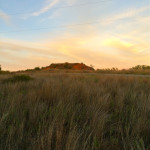
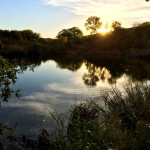
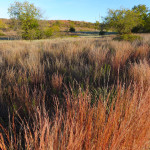

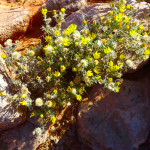
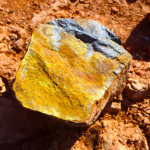
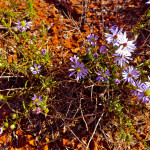
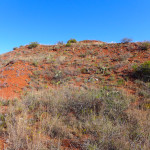

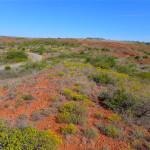
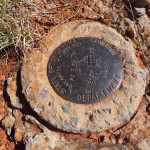
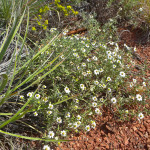
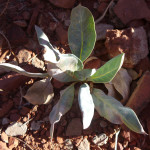
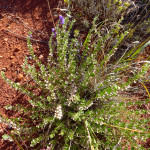
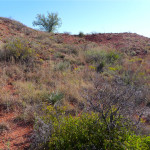
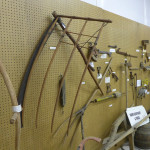
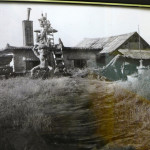


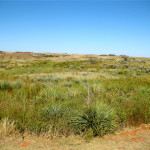
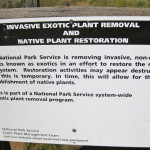
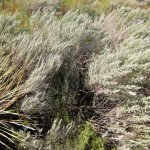
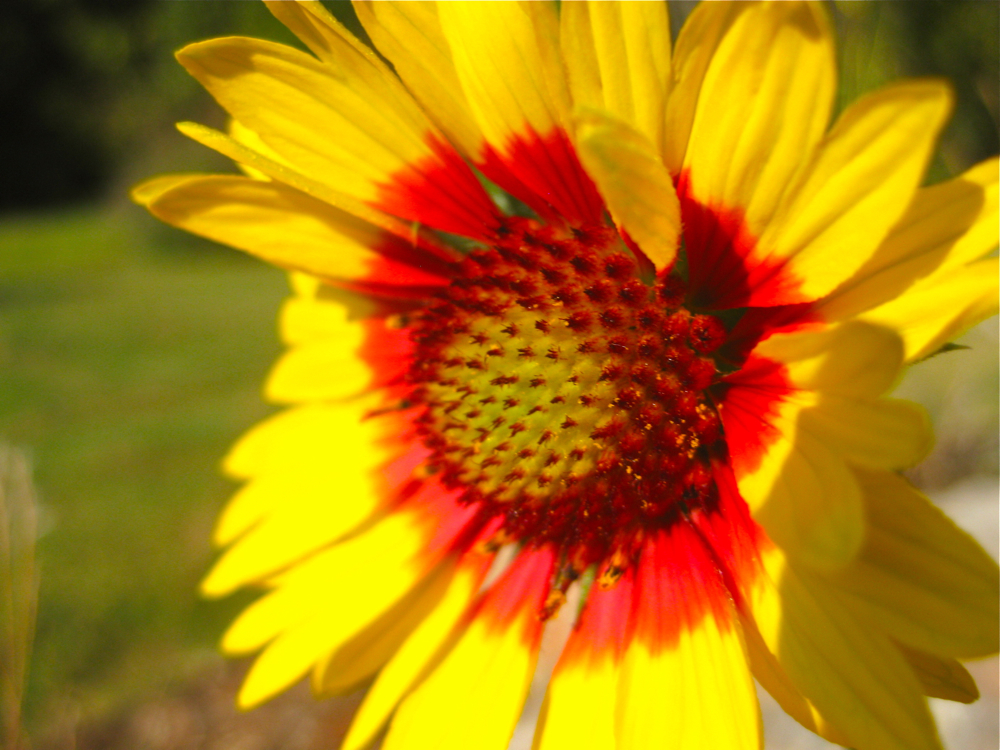
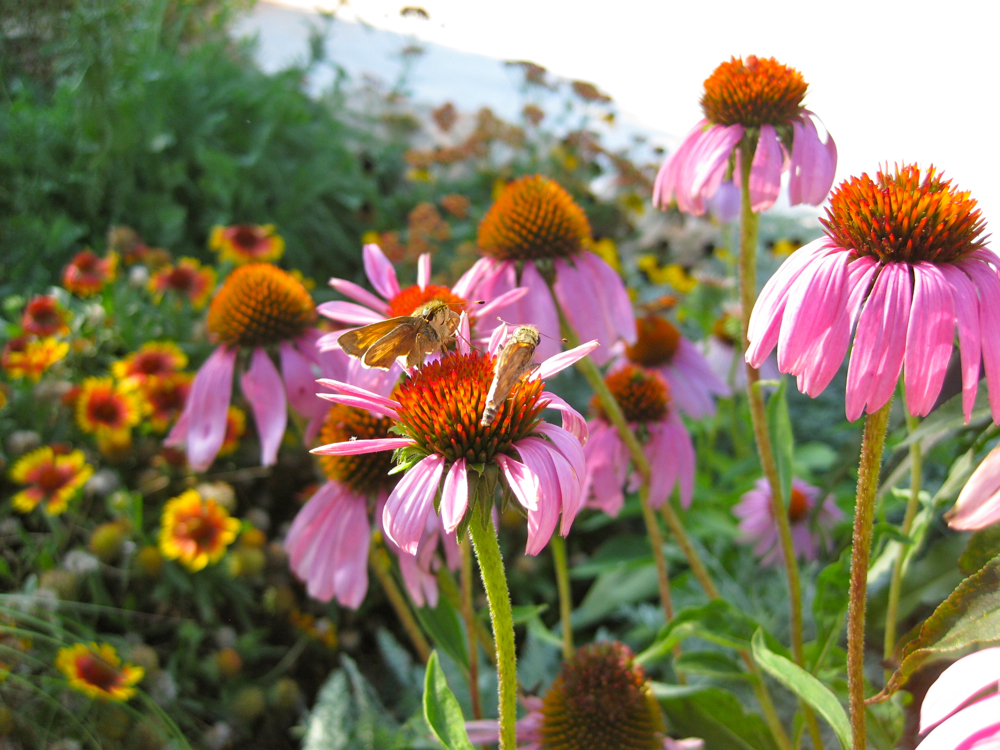

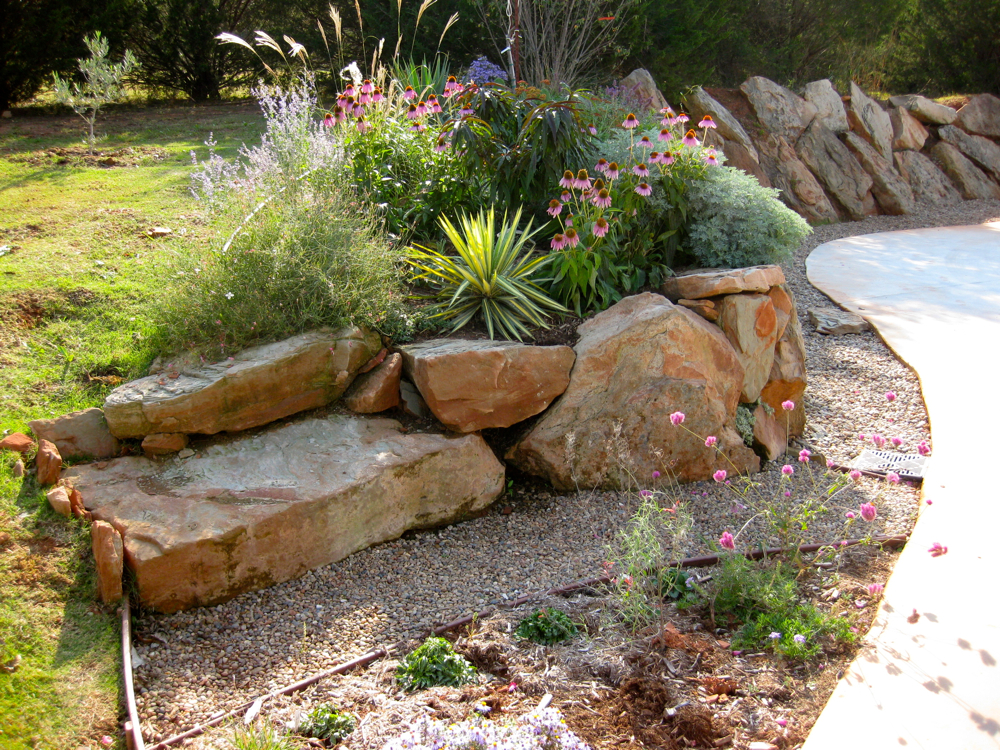

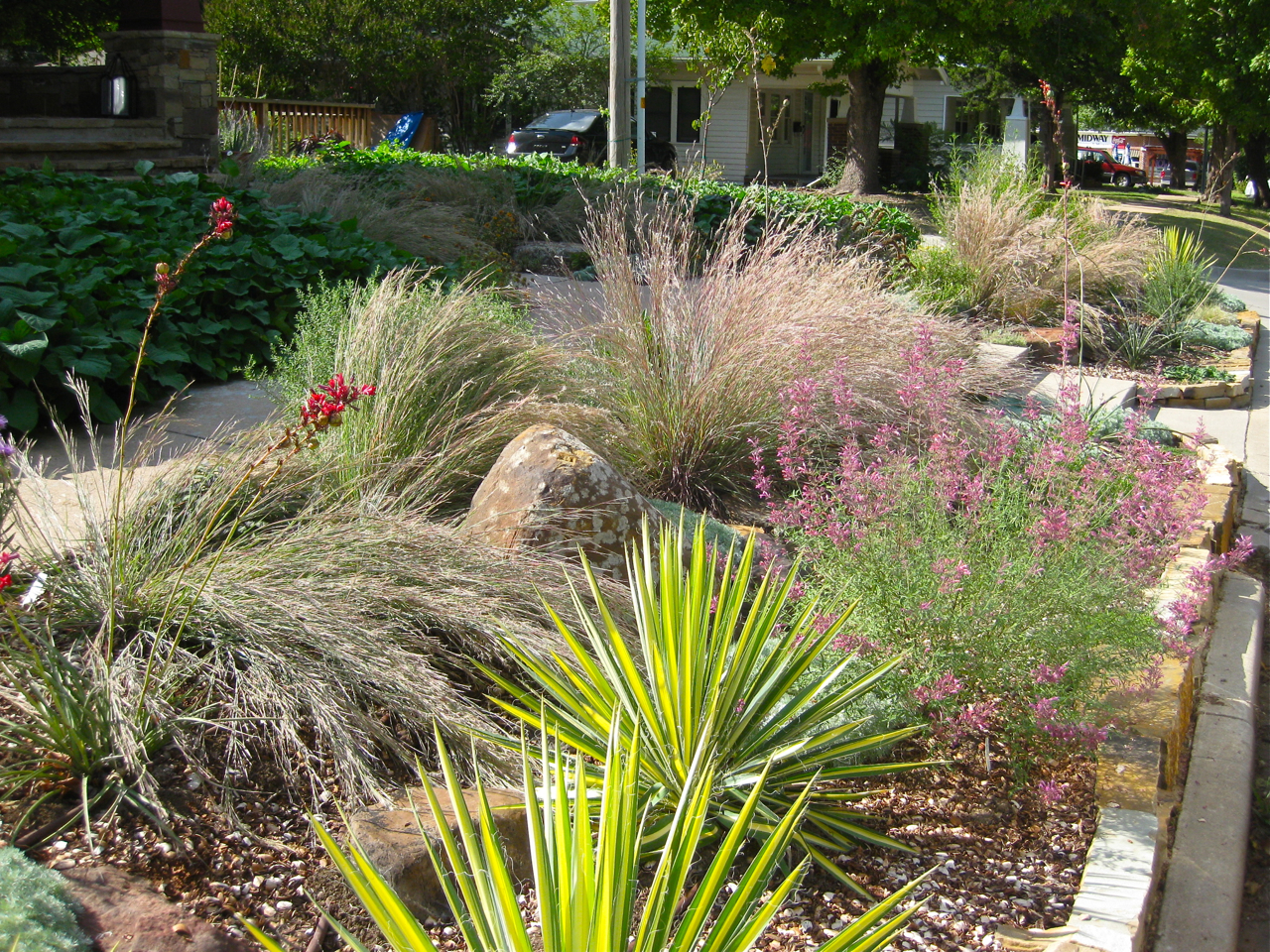

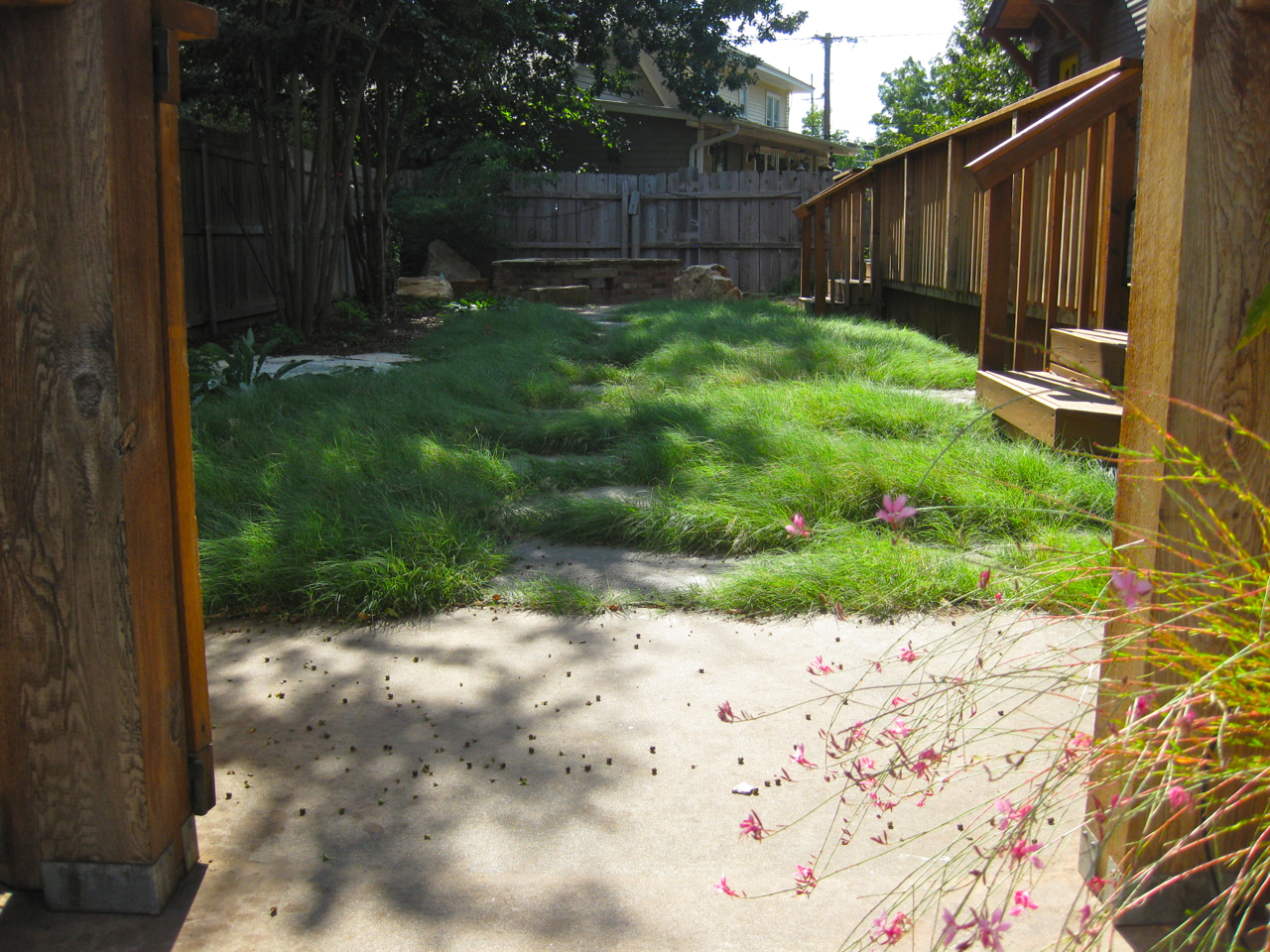 Buffalo Grass lawn
Buffalo Grass lawn